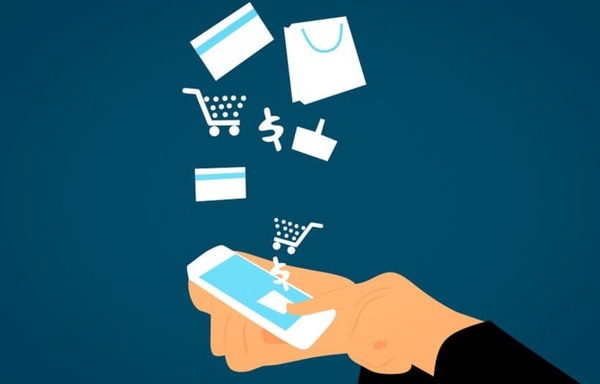It seems like such a great idea. Whether you absorb the costs yourself or you choose to add them on the product prices to account for the ‘free’ nature of things, that’s your choice – the point is, customer love this option if they can get it, even if it means having to wait a few more days for their order.
Yet things are changing in the online retail world, and in the fashion sector in particular.
What Changes?
The movement has begun thanks to, in part, Zalando. Zalando is the biggest online only fashion retailer in Europe, which has recently declared that it will start to charge delivery when it hadn’t before. At the moment the changes will only affect smaller orders, under a certain amount of money, but this could be rolled out to all orders in the future.
The reason for Zalando’s big shift in charging its customers for delivery is due to falling sales. Now, where the cost of sending out items for free was once not an issue, if there are fewer sales to absorb the cost, at some point money will start to be lost. As a big company, these losses could be devastating. Although the delivery charge might only be small to each individual having to pay it from now on, when added together over the many thousands of orders it is a hefty chunk of change for Zalando to have to pay out.
Free Returns
One of the other issues that Zalando – and other fashion retailers that offer free delivery – has encountered is the rate of returns. Since these are also free, it can cost a lot more than the initial delivery fee for one customer to order something if they send it back, or even if they send just part of the order back.
Customers who take advantage of free delivery and see that there are also free returns may place orders without taking the time to think them through, seeing them as little risk. Rather than qualified leads, these customers become a risk to the bottom line, since they are much more likely to send items back – after all, it costs them nothing so they may well order some clothing and see what they think after that.
Unfortunately, although this is great for the consumer, it can hit the retailer hard and this is what Zalando has been discovering.
What Happens Now?
Right now, there is a minimum order value that Zalando has implemented across Italy, Spain, Britain, and Ireland. This effectively means that free delivery still exists, but customers have to spend a certain amount of money to receive it. The costs are more easily accounted for in this way, and those customers spending on just one or two low cost items will need to fund the delivery charges themselves.
According to the company’s finance director, David Schroeder, this new way of selling has not affected customer satisfaction and sales are remaining steady. This could be because the new idea has ‘weeded out’ those who are not serious buyers and who would usually send items back without thinking about it.
H&M has brought in a similar idea recently. It said that delivery costs would be reintroduced for its loyalty club members who traditionally received free delivery. If they spend a certain amount of money, however, just as with Zalando, the shipping will be free.
Conclusion
With everyone from customers to retailers feeling the pinch, and with so much competition, offering incentives to find new customers or bring back older ones is something that many companies will want to do. However, the idea of giving away free deliveries on fashion items – notorious for being returned – is fading away.
Look out for new innovations that will make buyers forget the pain of paying for delivery – there are sure to be plenty of excellent ideas coming soon.
